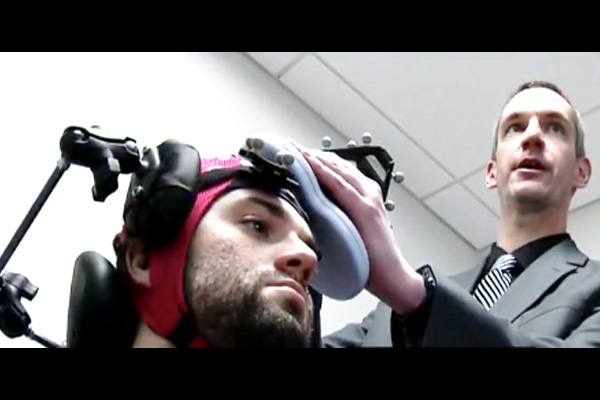Edward Sharpe? –
March 12, 2020 – “We’ll ask them how much do you crave heroin right now? They’ll give us a score on a 0-100 scale.” James Mahoney, PhD, a neuropsychologist at the WVU Rockefeller Neuroscience Institute, said. “This is the magnet, so this sends the pulses over top of the skull here. We will push this button, and then at that point, it will deliver the stimulation. They might feel a tingling. They could also hear a slight clicking sound as well.”
The prefrontal cortex is superficial enough that the magnetic waves can easily reach it. And stimulating this area activates its inhibitory action. In other words, making it easier to say “no” to a craving.
With more sophisticated equipment, you could integrate CT scans and MRIs into the treatment to improve precision. But in most cases, doctors find the target area simply with skull landmarks.
Because they’ve noted only one case, the goal now is to reproduce the findings in a study with a series of patients. Participants will get the treatment three times a week for three weeks.



